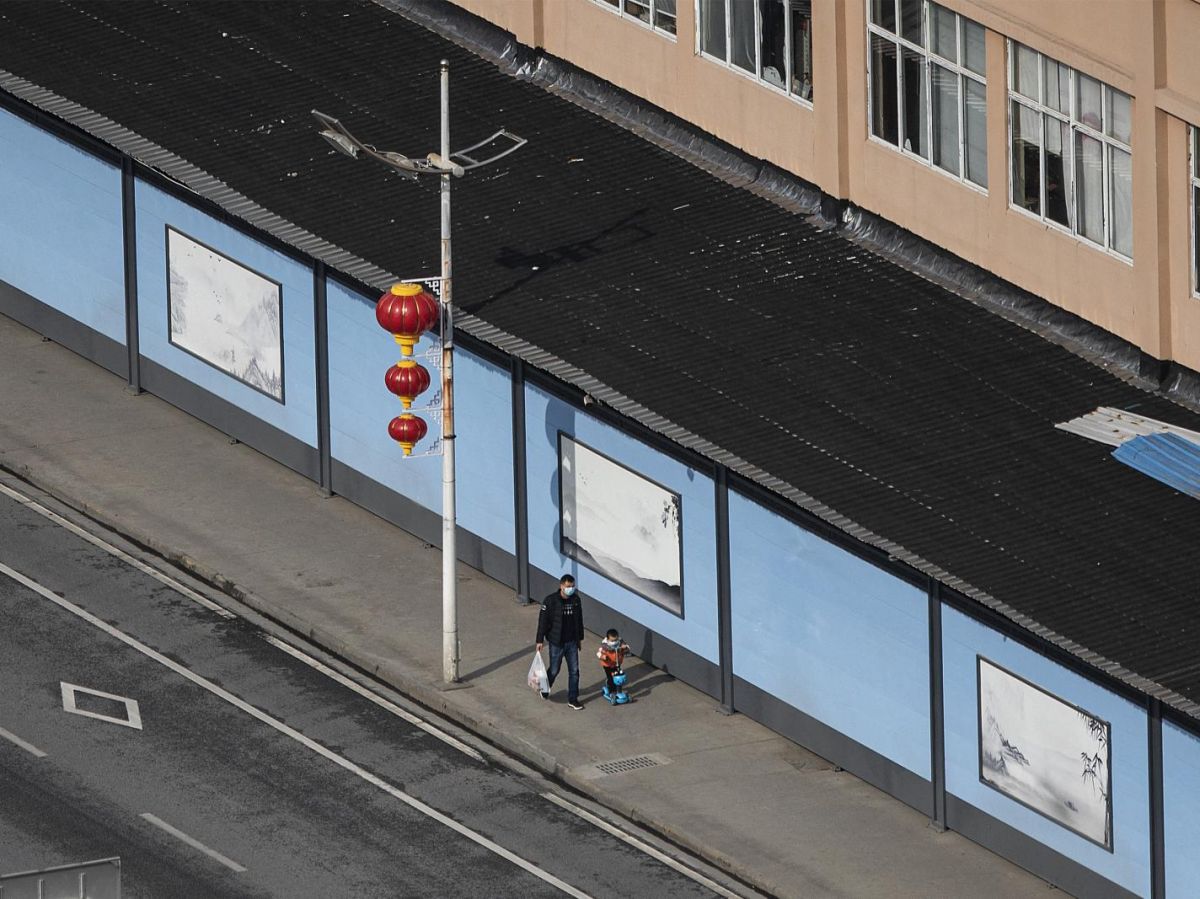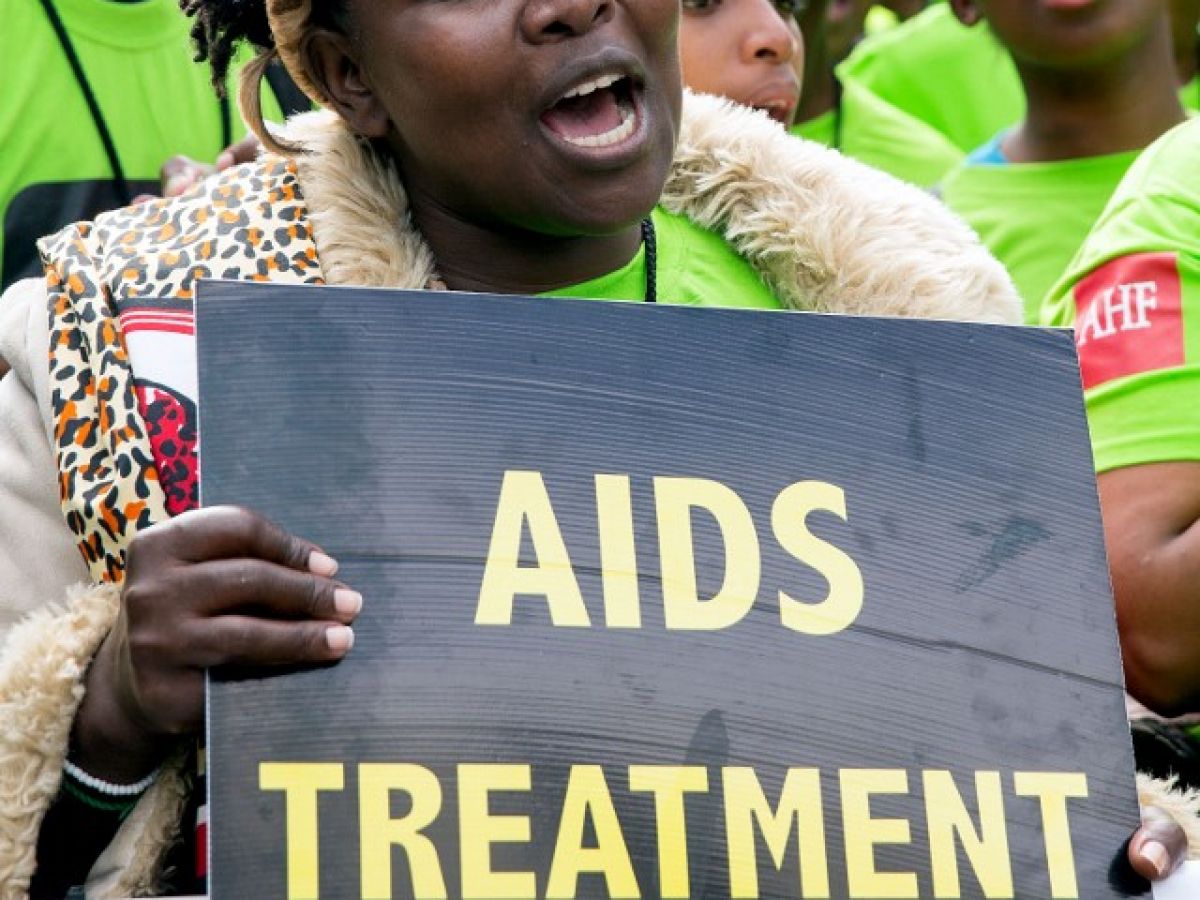On December 10, 2019, Wei Guixian, a 57-year-old seafood vendor at the Huanan Market in Wuhan, China, thought she had caught a common cold. Eight days later, she was hospitalized and virtually unconscious. She was one of the first, if not the first, officially diagnosed case of Covid-19 in the pandemic that swept the world a few months later. Of the 174 early cases of Covid-19 identified by the World Health Organization (WHO) Commission in January 2020, 57 (approximately 33%) shared a commonality with Wei Guixian: they had recently been exposed to the Huanan Market, a 50,000 square meter covered market visited daily by 10,000 visitors. Located in the heart of Wuhan, the market and its 600 stalls offer vegetables, fish, and seafood, as well as live animals, some of which were captured and traded illegally. Suspected of having come into contact with infected bats in Yunnan, 1,500 km away, many scientists at the time attributed responsibility for transmitting the virus to humans to these wild animals.
Five years later, the experts are far from unanimous. The market served as an amplifier for the epidemic. But it's certainly not the only location, simply the only one to have been identified.", says Renaud Piarroux, head of department at the Pitié Salpêtrière hospital (AP-HP) and author of Sapiens and Microbes – Epidemics of the Past (CNRS Editions). For him and many others, the virus was more likely introduced by one or more infected humans following a laboratory accident at the Wuhan Institute of Virology (WIV), located a few kilometers from the market and world-renowned for its expertise in coronaviruses. The subway, which also connected the WIV and the market, most likely also served as an amplifier, for example.", continues Renaud Piarroux. Even the very cautious report of the SAGO (Scientific Advisory Group on the Origins of New Pathogens) of the World Health Organization (WHO) concluded on June 27, 2025 that the market " was a site of amplification, which allowed the virus to spread further, but it is not possible to determine whether the first infections (y) occurred“.
Three stalls where the virus is co-located with wild animals
A vision of things that is rejected by several scientists, such as the microbiologist at the NOVA Institute of Chemical and Biological Technology (Portugal) Zach Hensel, for whom " there is no reason to invoke a laboratory" . " All The evidence that one would expect to find at the origin of an epidemic is found in one corner of the Huanan market and nowhere else in the world,” he claims. The evidence he is talking about refers to market sampling by Chinese health authorities as early as 1er January 2020, the date the market closed, until its final cleaning on March 2. Of the 923 samples taken from cages, carts, stall walls, floors, and even from pipes and sewers—but none from the animals—74 (8%) were positive for SARS-CoV-2. Among them, only one was positive for lineage A of the virus, and all the others for lineage B, which appeared just after and which differs from it by two mutations. For some scientists, having found the first two known lineages of the Covid-19 virus on the market confirms that the pandemic could have started there, and even that each lineage would have emerged separately from an infected animal to a human. But this is forgetting that SARS-CoV-2 mutates very quickly, at a rate of about two mutations per month. Two viruses with only two mutations apart are found in the same infected cell culture; in virology, this is called a quasi-species, so it doesn't prove anything.", explains Marc Eloit, former director of the "Discovery of Pathogens" laboratory at the Pasteur Institute. We could therefore not even speak of two different lines.
The imprecision of the data prevents us from going much further. The A-lineage positive sample was taken from a glove", notes Virginie Courtier, research director at the CNRS and head of the "Evolution and Genetics" team at the Jacques-Monod Institute. " Was it a glove used for handling fur-bearing animals? A cleaning glove? A laboratory glove? We don't have that information.. » Many of the samples collected at the market do not specify the quantity of the virus, or do not mention what type of merchandise was sold at the location where the sample came from. However, several studies have analyzed this data as best they can and published the results in prestigious scientific journals. In one of the most recent, the team—including Zach Hensel—identified the stalls whose samples revealed the presence of both a wild animal and SARS-CoV-2. The result points to a corner of the west wing, stalls 29-31-33 in aisle 6, where the virus and DNA from civet cats, raccoon dogs, and bamboo rats are colocalized. The raccoon dog, which is susceptible to infection with the Covid-19 virus, is a good candidate. But colocalizing the animal and the virus does not mean that it was the animal that was infected. “ "SARS-CoV-2 has never been found in animals other than through human contamination. And that really speaks against the hypothesis of emergence through zoonosis," specifies elsewhere Renaud Piarroux.
When we look at the distribution of positive samples in the market, we see that they are overwhelmingly associated with the west side where animals were sold, in the corner where the stalls sold animals.
This is a strong statistical association and it's not a coincidence. pic.twitter.com/aTEaBuG4VG
— Dr. Angela Rasmussen (@angie_rasmussen) July 26, 2022
Updated heat map now with negative samples known: pic.twitter.com/UJaZwY3zrk
— Henri Mourant 🌱 (@henri_mourant) April 3, 2023
The toilets and the unventilated Mahjong room
It was Wei Guixian who, alongside the Wall Street Journal, brings another interesting lead. She believes she was infected in the toilets used by wild meat vendors and other people on the west side of the market. Located one aisle away from the famous stalls 29-31-33 in aisle 6, these toilets overlook the corridor where statistical analyses identify the epicenter of the epidemic, based on the statistical analysis of the locations of positive Covid-19 samples. Just above, a small, unventilated Mahjong room, rumored to be used by infected vendors, also attracted the attention of researchers Virginie Courtier Orgogozo and Francisco de Ribera in a 2022 publicationIn their work, they establish that contrary to what market maps showing the locations of Covid-19 cases in the form of points suggest, these first cases were rather far from each other. 20 to 40 meters separated them, and sometimes walls ", explains Virginie Courtier Orgogozo. " So we cannot imagine that they were directly contaminated at the place where they were at the market.. » This means that either other asymptomatic or undetected people were the source of these contaminations, or that they took place in gathering places such as toilets or the Mahjong room.
An unsampled wild animal box
Works that Zach Hensel considers " ignorant or deceptive" . " Next to this toilet, and under this Mahjong room, there was a wildlife enclosure that received virtually no environmental sampling.", against the fervent defender of the hypothesis of a zoonotic emergence. He illustrates his remarks with photos (reproduced in the tweet below), one dating from February 2020 and the other from the WHO team's visit to China in 2021. " The sign indicating that this is a wildlife area has since been removed." he says, referring to the yellow and red sign on the left of one photo, which is missing from another. If this is true, it clearly illustrates that the data we have is incomplete. We would need detailed maps of the market and particularly more precise descriptions of the locations where positive samples were taken.", replies Virginie Courtier Orgogozo.
An anonymous scientist cited by his peers in the Drastic collective, who helped reveal the documents of the DEFUSE project who brought the laboratory leak hypothesis back to the forefront, also sought to compile as many elements of market geography as possible. On his website, the yellow dots are clickable and allow access to the corresponding photos and videos, unfortunately often old.
12/ The picture in Peter Daszak's WHO slide deck matches Peter Hessler's “Nine Days In Wuhan” description. Thank you Peter and Peter!
Surprisingly, the mahjong room is located near the wild game area hot spot mentioned in the #RaccoonDogGate paper. pic.twitter.com/sFlMTFmgrF
— TheEngineer2 🇨🇦 (@Engineer2The) March 23, 2023
Elements consistent with zoonosis such as laboratory release
The work of Virginie Courtier Orgogozo and Francisco de Ribera does not contradict the zoonosis theory. Yes, indeed, maybe the virus came from animals and from that stall next to the toilets.", comments Virginie Courtier Orgogozo. In this case, the animals at this location should have contaminated everyone within a 50-meter radius, she points out. Since this is not what the data shows, we must assume either that the other cases near the infected animals went unnoticed, or that the diagnosed sellers such as Wei Guixian were contaminated later, by humans, well after the contamination by the animal. " Market data are as consistent with initial contamination outside the market as inside" she concludes. Moderate epidemiologist Marius Gilbert, who served on the Belgian government's scientific council during the lockdowns, confirms. These elements are certainly compatible with a virus that came out of the animal, but none can contradict the alternative hypothesis which is that an infected person arrives at this market, and even infects the animals on the market.“

